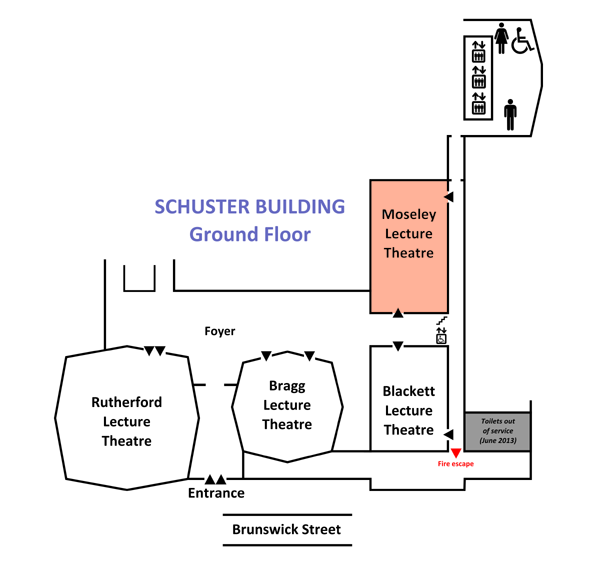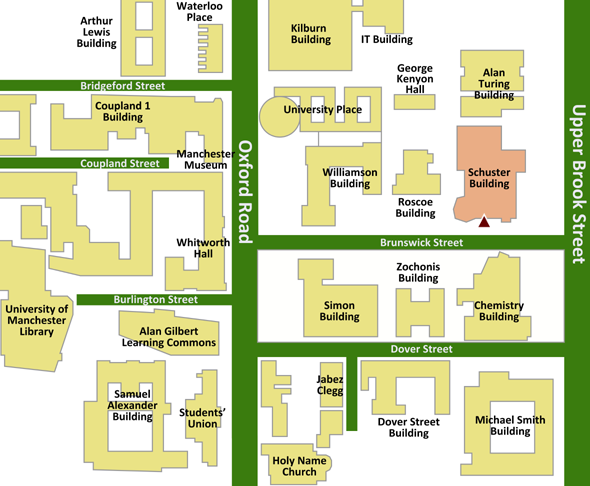
|
iCHSTM 2013 Programme • Version 5.3.6, 27 July 2013 • ONLINE (includes late changes)
Index | Paper sessions timetable | Lunch and evening timetable | Main site |

|
iCHSTM 2013 Programme • Version 5.3.6, 27 July 2013 • ONLINE (includes late changes)
Index | Paper sessions timetable | Lunch and evening timetable | Main site |
2013 marks the centenary of the Bohr atomic model - the key event of the fundamental quantum revolution that has determined the characted of physics during the last century. Niels Bohr’s successful merger of new and strange quantum ideas with attempts to understand the microscopic structure of atoms, and its first experimental confirmations in the works by Henry Moseley, James Franck, and Gustav Hertz, will be the primary focus of the proposed symposium. It is more than fitting to celebrate the event in the city where Bohr and Moseley worked on their breakthrough discoveries. Analysing the process of knowledge production in Ernest Rutherford’s Manchester laboratory will help demonstrate how counterintuitive and revolutionary theories and instrumental practices emerge in conjuction with each other. Our second focus is on the spread of atomic quantum science internationally and its adaptation to other scientififc cultures and traditions worldwide. The Copenhagen network of scientists exemplified the very possibility for internationalism in science during the troubled period between the two world wars. Its informal connections and traveling postdoctoral scholars allowed the representatives from formerly hostile European countries meet and collaborate on a neutral ground and helped disseminate atomic physics further, to North America and Soviet Russia, Japan and India, China and Brazil. The third major question we will be concerned with is the various (often incompatible) ways in which the strange quantum ideas got perceived, understood, and interpreted in these different national, social, political, and philosophical settings. Our hope is to reveal through this major example how science can function and be pursued as an international and at the same time a multicultural activity.

